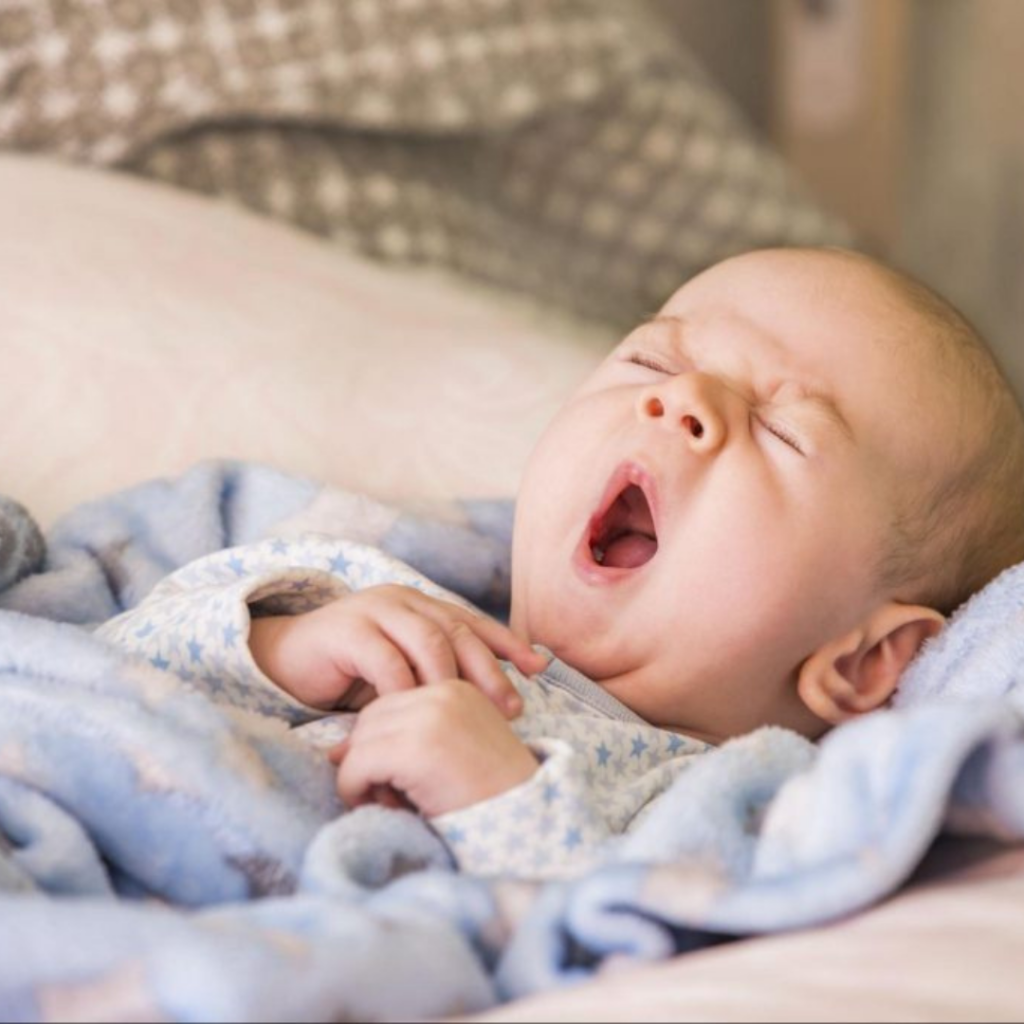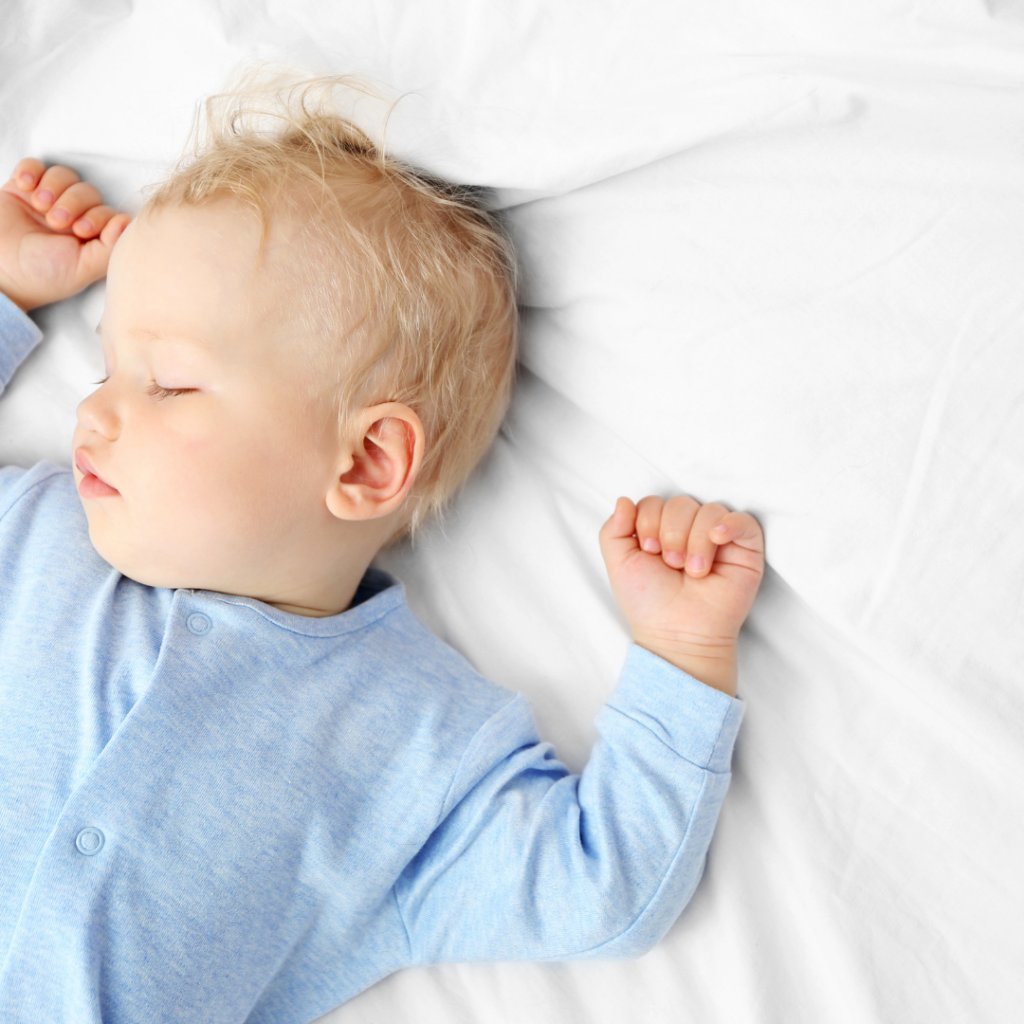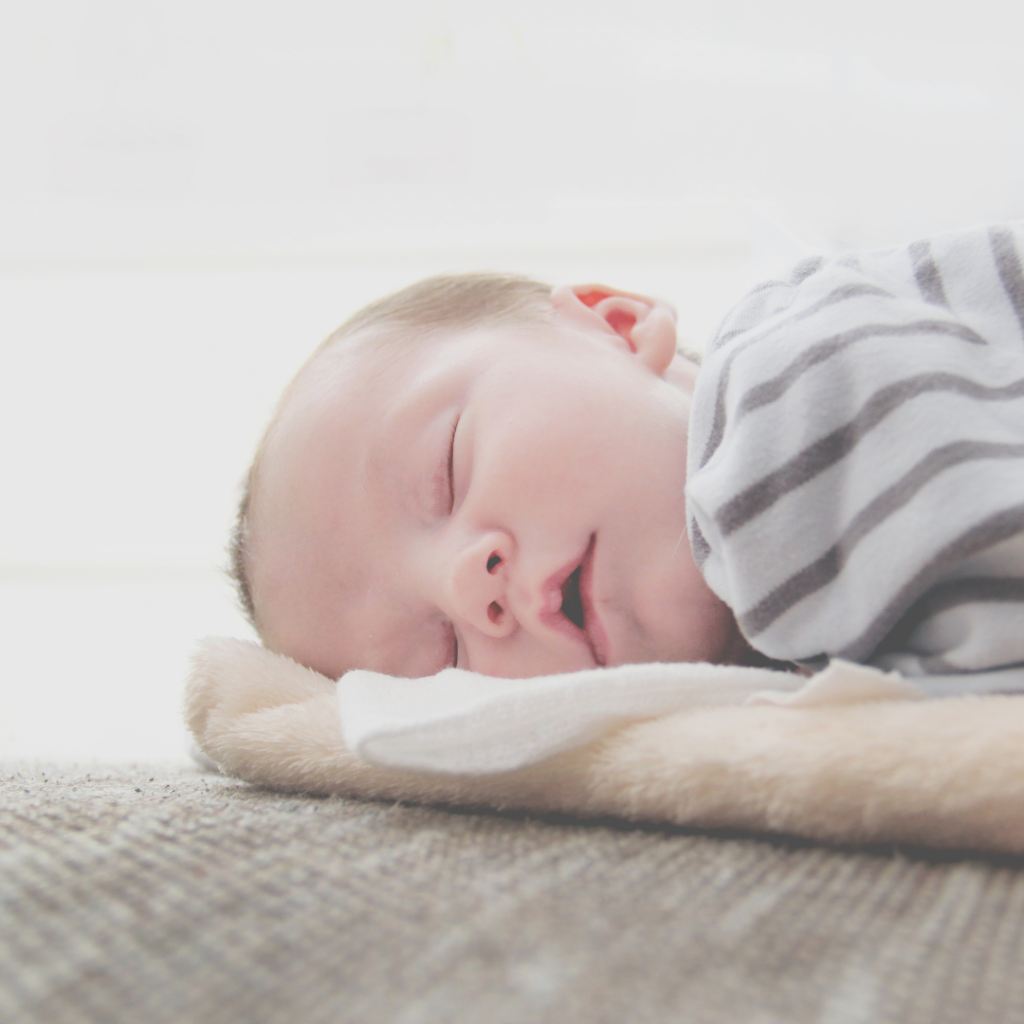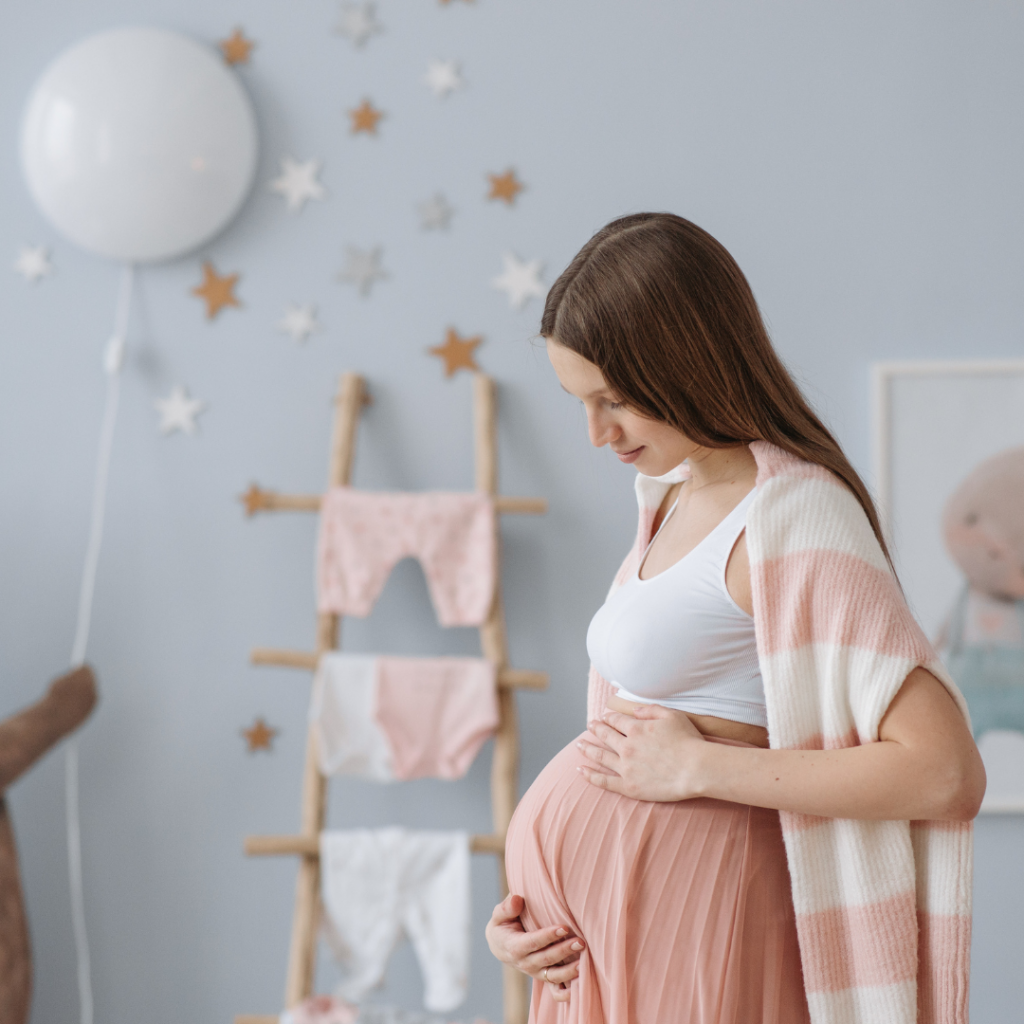As your baby goes from newborn to an infant and even a toddler, you start to hear more about the idea of a lovey. Many parents swear by it when it comes to baby sleep. So, in this post we go through why there is no safe love for baby sleep and what that means for your baby’s bonding item. What are possible uses for a baby lovey? What are the benefits? And lots more. Stick around and we break it down and even recommend some breathable and organic loveys we like.
- What is a lovey for baby?
- Is it safe for baby to sleep with a lovey?
- Best ways to use baby loveys
- How to introduce a lovey (and when)
- What is the best lovey for baby?
- Best organic lovey for baby
- Best breathable lovey

What is a lovey for baby?
Loveys have been around for longer than any of us can really remember. Back in the day, it might have been a blankie, now it’s a more “general” lovey. Loveys are any item, usually made of fabric, that your little one grows attached to for comfort. They used to be separated by categories like “stuffed animal,” “blanket,” etc. Now they’re all bunched together into “loveys.”
Common characteristics include soft fabric, little to no plastic parts, platel colors, and cute shapes of baby animals. Though there are lots of variations and presentations of the lovey, many families use them all the same.
One of the strangest loveys we’ve seen, is this girl’s garden owl, featured on Buzzfeed.
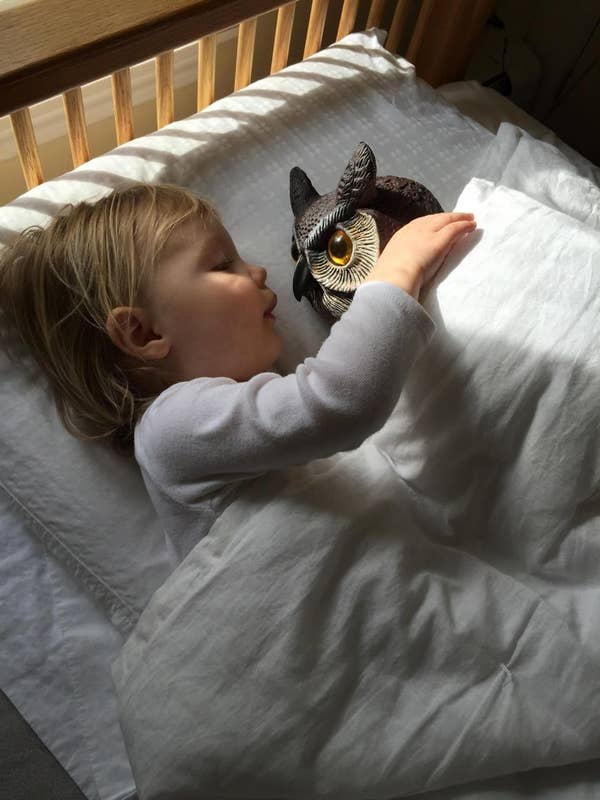
Safe Lovey for Baby: Can baby sleep with a lovey?
A concern parents have when introducing loveys is the chance that it will result in baby sleeping with the lovey over their face. Are they right to worry? Since creating a safe sleep environment means having no accessories at all in the crib while your baby is sleeping, they could be right.
Even with face-detection technology to alert you when your baby’s face is covered, the safest practice is to not put your baby in their crib with any accessories.
Read more on what your crib environment should look like here.
Why loveys are dangerous in the crib. Babies of any age can be wiggly and it’s unlikely that, when they put themselves in a dangerous situation, they’ll be able to pull themselves out. For instance, if they roll onto, pull up, or grab their lovey toward their face, they won’t necessarily be able to remove it before it affects their breathing.
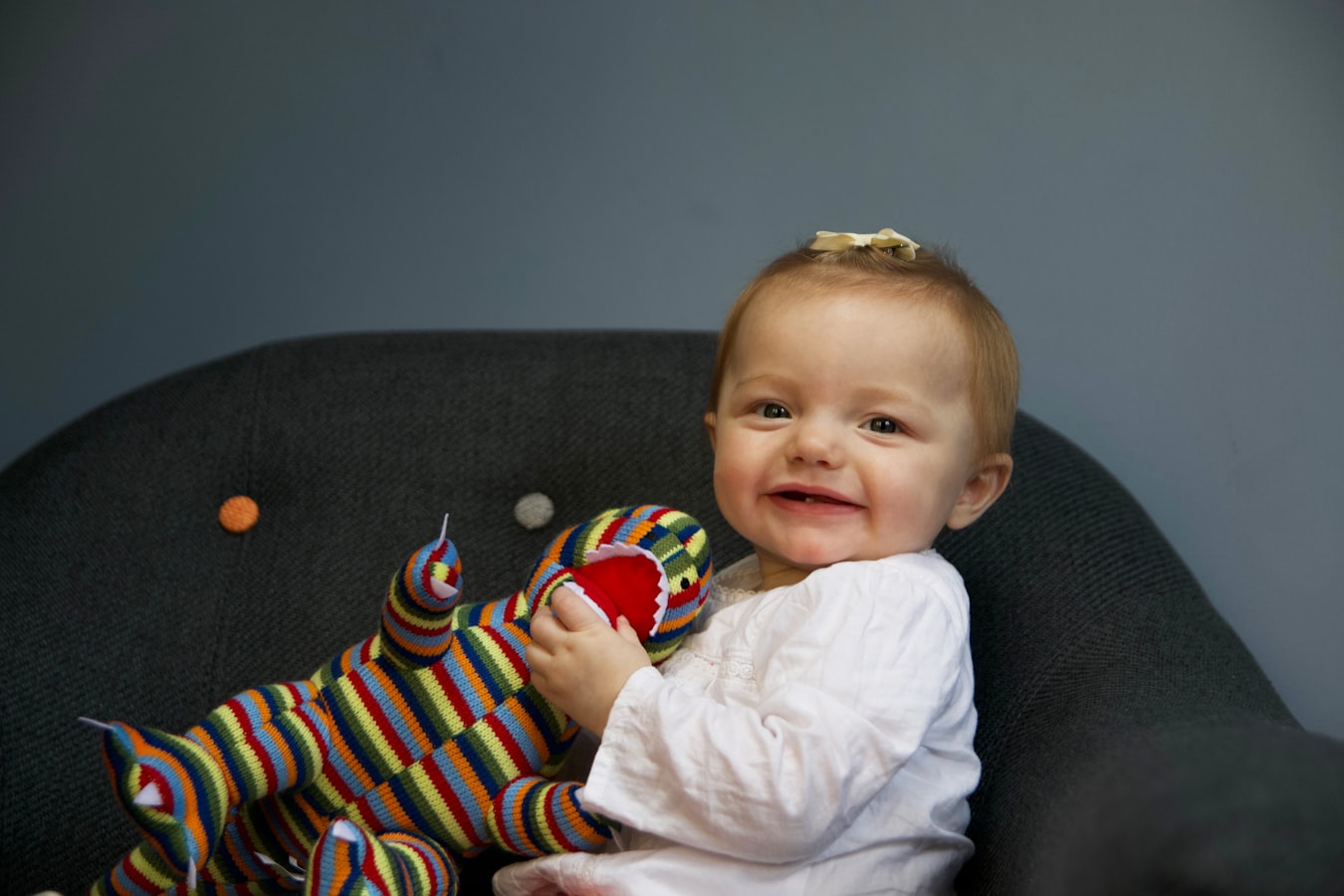
Best ways to use baby loveys
Of course this doesn’t mean that you shouldn’t use loveys at all. Parents know there are development stages when your baby is so clingy that you’d give anything to have them depend on anyone or anything else for comfort and not need you all the time.
As your baby starts to develop separation anxiety, better motor skills, and strength, you could see an opportunity to introduce a lovey, or bonding item. If you’re on the fence, you can always consult your pediatrician to be sure.
Think of the lovey as a type of pacifier for when your baby is awake. It soothes them when they’re feeling lonely or sad. This way, you don’t need to come running anytime you hear them crying through the baby monitor because they will start reaching for their lovey instead.
Of course, at no time will they be more useful than when baby is so sleepy and just wants to go to bed, but needs a friend. This is fine! Just get versed in the art of ninja-like removal of the lovey so that your baby is hazard-free in the crib.
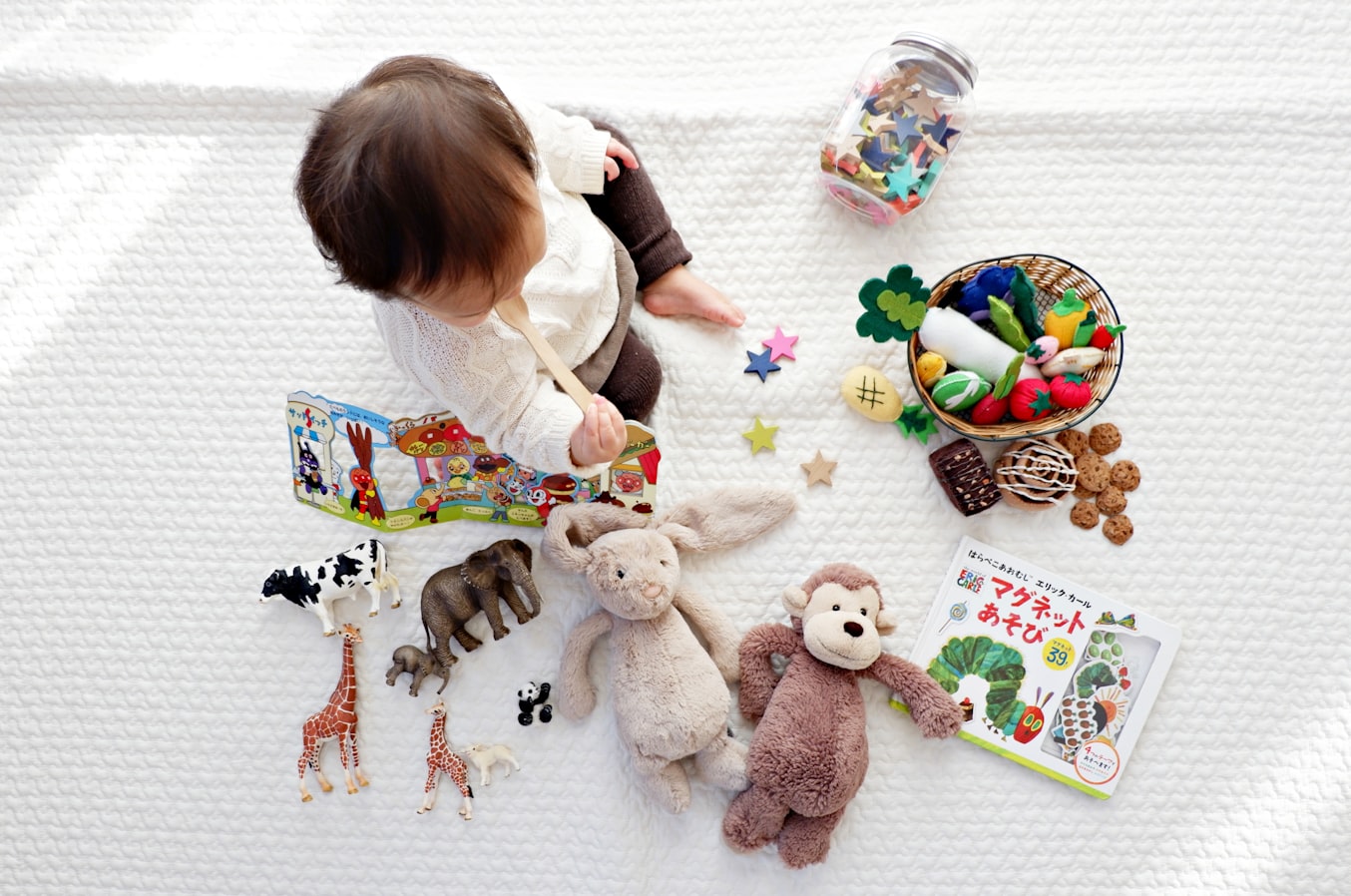
How to introduce a lovey (and when)
For some babies, trying to introduce bonding won’t even be necessary. They’ll do it all on their own. If your baby is just not feeling it, try including it in your feeding routine. If you place it between you and your baby while they bottle feed or nurse, the object will not only get some of your smell on it, but also become part of the ritual. Soon, your baby will associate the item with the comfort of your smell and the happiness of feeding time.
You can also take it with you when you run errands, give it a name, and allow it to ride along in the car. Consider it part of the family, much like a pet, and your baby will soon start to see it as such.
When to introduce a lovey. Even though it’s okay to start introducing your little one to a lovey around 4 months old, you should always remove it when they fall asleep. Some kids won’t even crave to bond with an item until much closer to their first birthday, so see when the time is right for your little one

Best Lovey to Baby
As we’ve seen with the owl, perhaps just any item will work. Of course, you’re always looking out for your baby’s comfort, so finding a soft, breathable, safe lovey for baby is what most parents want. Granted, after your baby bonds with an owl, you might have to bring in a consultant to separate that bond.
*Cue your toddler’s teenage voice* “But daddy I love him!”
Best organic lovey for baby
The cutest organic lovey we found out there was this Zestt Organic Lovey made with GOTS certified organic cotton. It’s soft and comfy for your baby to snuggle up against. It costs $25 and is a pretty gray color so it’s easy to clean, but doesn’t get filthy right away like a lighter color might. Still, considering your baby will have it in and around their mouth, it’s best to wash it often.
If you’re not into the designs they have, this organic hedgehog blanket from Gerber can also be up your alley. It’s adorable, small, and made by a trusted brand.
Best breathable lovey
If you’re looking for a safe lovey for your baby and you want something more handmade, this crochet lovey has lots of space for your baby to breathe into while they watch a movie, as they’re relaxing, while they nurse, etc. It’s a cute bunny and under $20!
You might also like:
